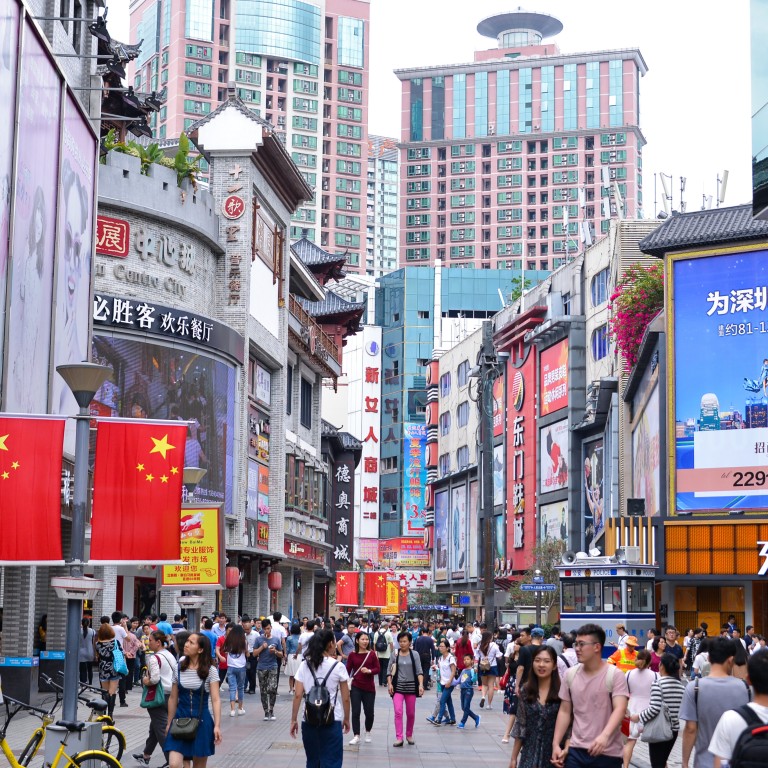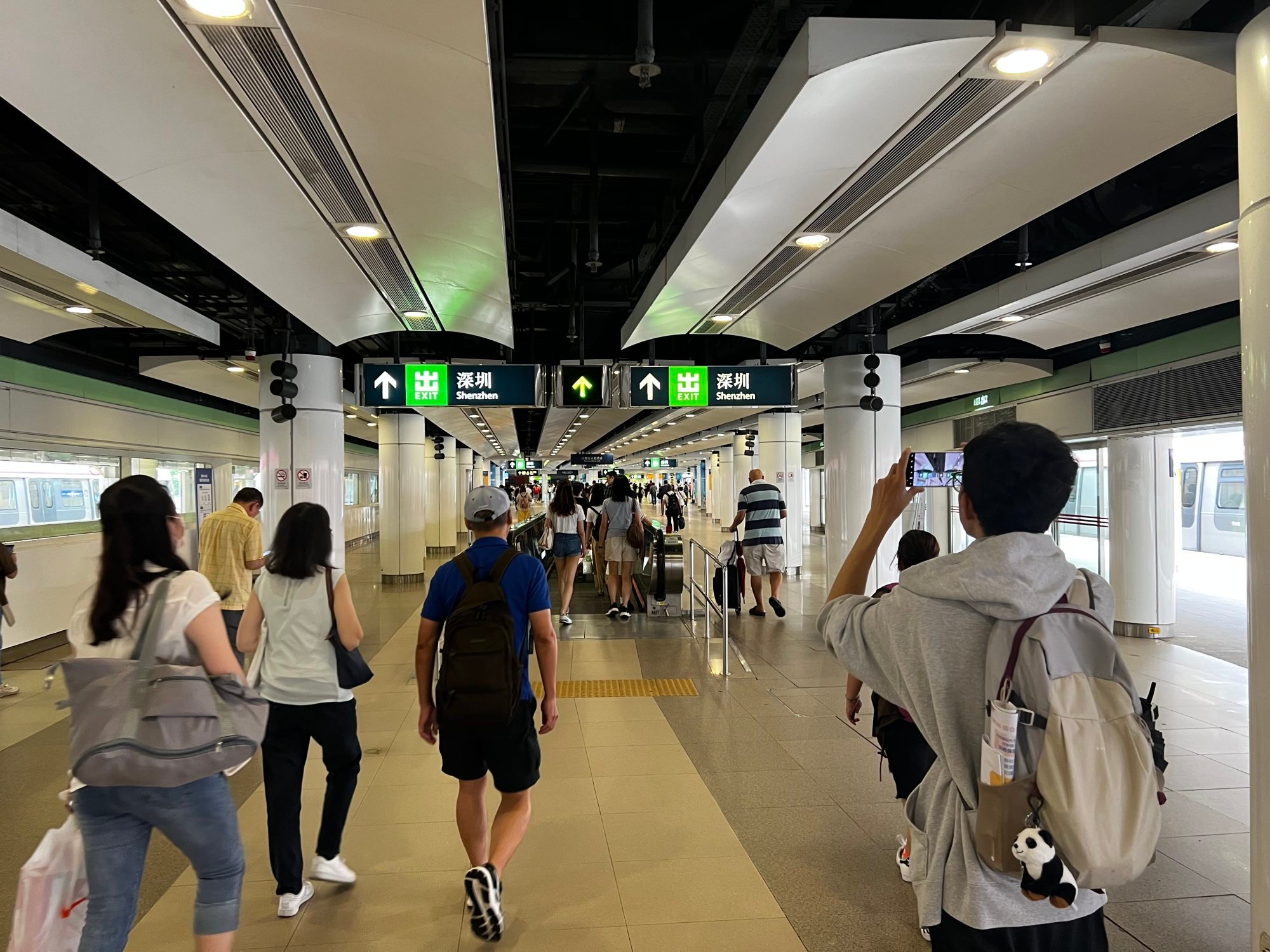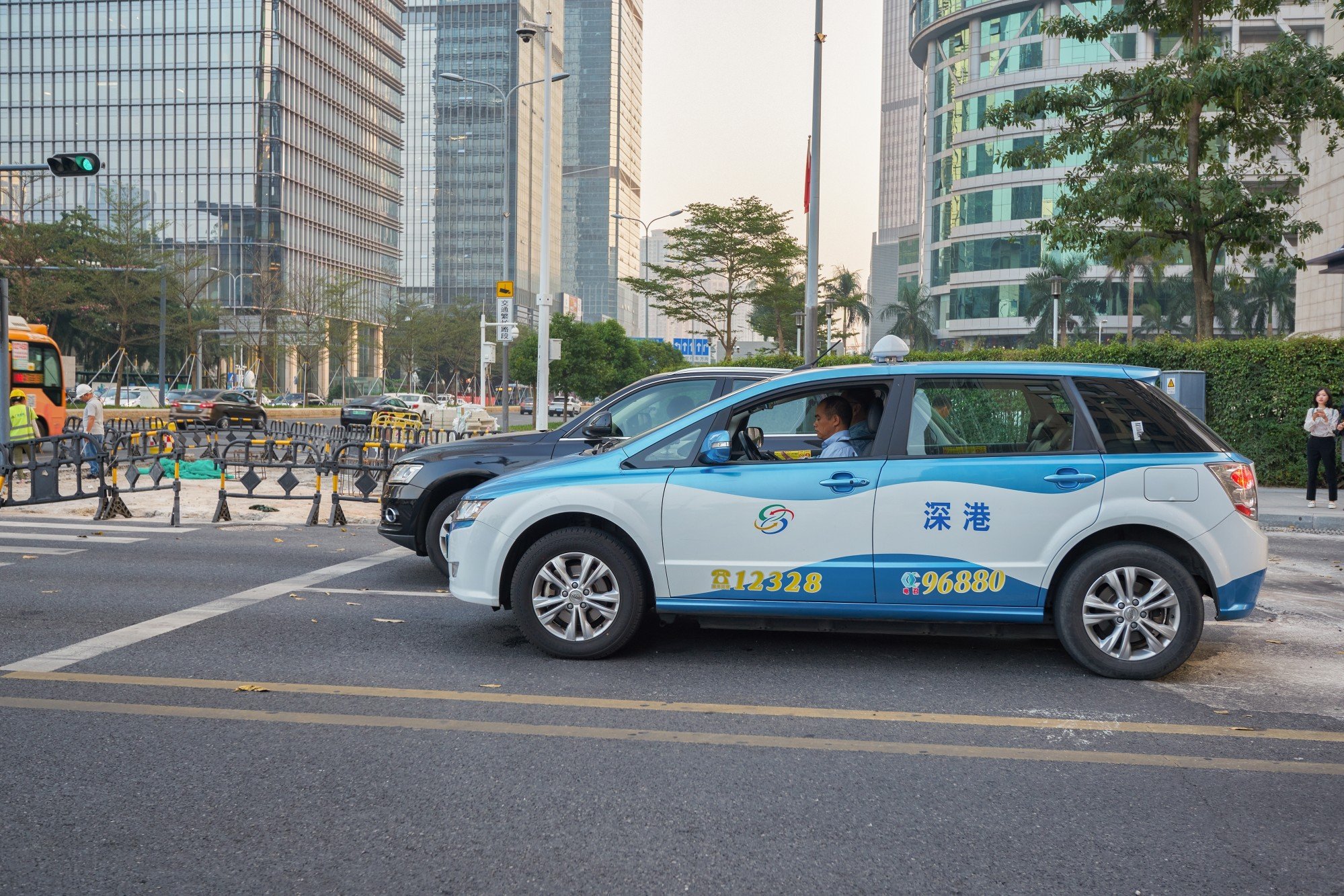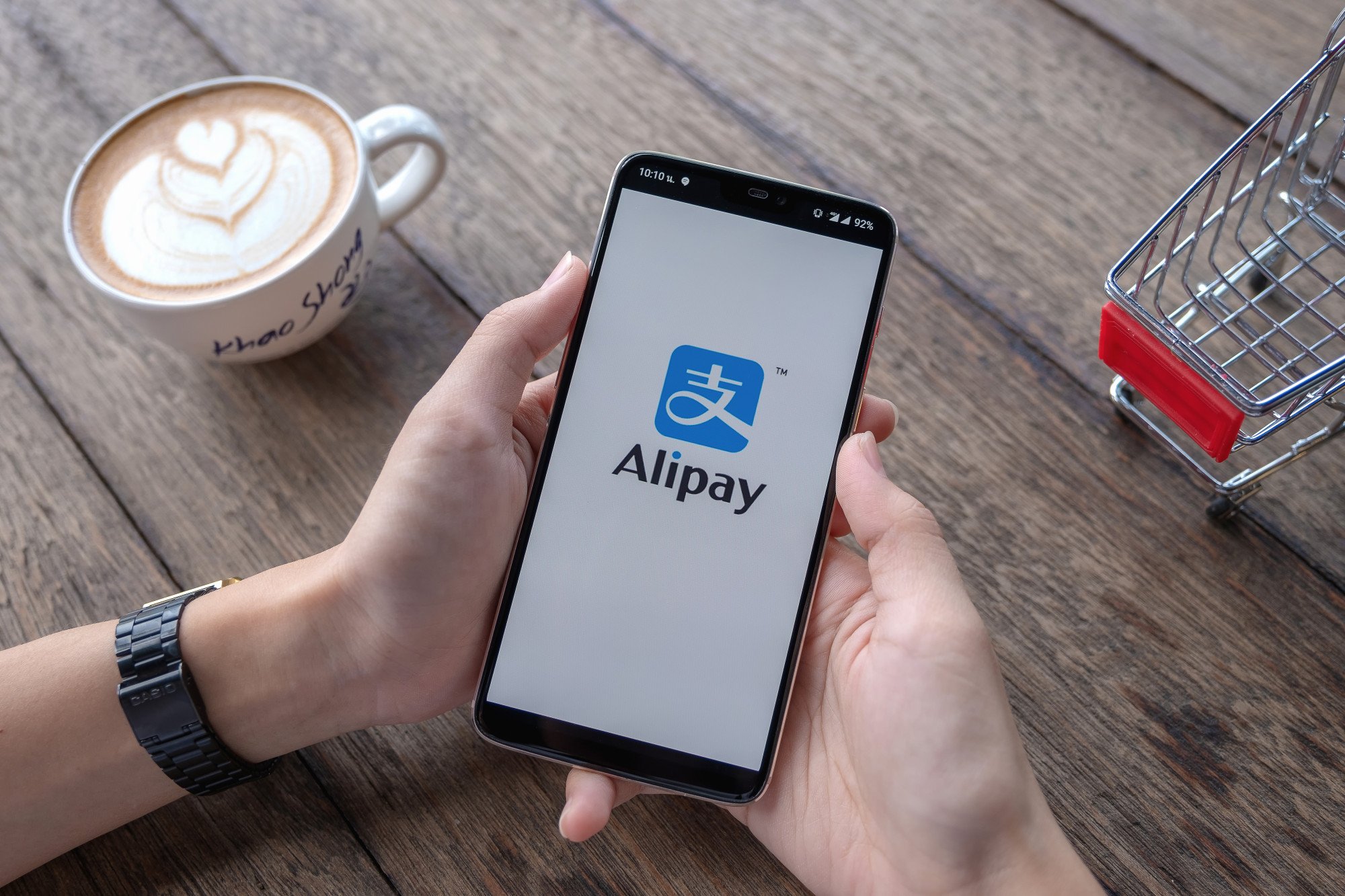
Update | Shenzhen travel guide: how to get a visa on arrival, which apps to download and cashless payment in the Chinese city
- Shenzhen is a popular day trip for Hong Kong people, but those without a visa or the right to enter mainland China can be put off by the on-arrival visa process
- We break down what you need to do before leaving Hong Kong, cashless payment when you’re there and the apps you’ll need to get by in the southern Chinese city
For Hong Kong residents who have a Re-entry Permit, crossing the border into mainland China is relatively fuss-free.
For those who need a visa, it is a little more complicated, although visas on arrival are available, and generally approved quickly.
Obtaining entry to the Chinese city is not the only hurdle to overcome – cashless payment is another.

1. The on-arrival visa
This visa will allow you to stay in Shenzhen – and only Shenzhen – for five days, and the clock starts ticking from 00:00 the day following the entry date.
Forget cheap massages: 3 fun things to see and do in Shenzhen
There are five entry points to the city where on-arrival visas can be processed – the four “ports” of Luohu, Huanggang, Fuyong and Shekou, and Shenzhen Baoan International Airport.
The simplest option within Hong Kong is to take the MTR’s East Rail Line to Lo Wu or Lok Ma Chau stations, within which are the Luohu and Huanggang port visa offices respectively.
Both accept applications from 9am to 4.30pm.

On arrival, take a numbered ticket, line up for a photo and fill in the application form. When it is your turn, an immigration officer – they speak English – will ask you a few questions about your trip, take your passport and give you another ticket.
After another wait, you will get your passport back, hopefully with a full-page visa attached.
The visa processing fee is 1,295 yuan (US$177) for US citizens, 834 yuan for British citizens and 275 yuan for most other nationalities. Payment can be made through a Chinese e-payment app or with a credit card.
The on-arrival visa is valid only for a single entry.
The Michelin-star restaurant chefs growing Western dining in Shenzhen
2. Apps to download
Whether visitors from Hong Kong can use their regular SIM card in Shenzhen without additional roaming charges depends on what plan they use at home.
This is important, as most vendors prefer digital transactions to payment in physical notes and coins.

The other is Dazhong Dianping, which translates to “public critique” and can be used to browse reviews of restaurants, cafes and tourist spots. Dazhong Dianping is in Chinese, but it is not difficult to figure out a destination’s rating and view pictures of it.
Alipay or AlipayHK


Baidu Maps
While Google Maps works in Shenzhen, some of the city addresses might be wrong.
According to Google, the coordinate system used for Chinese-based location apps is different to the one for the rest of the world. As Google is not a Chinese-based company and does not have access to this system, the information on Google Maps can be out of date.
Google Translate
If you are having trouble communicating with people, this app can help, especially in Conversation mode, which instantly translates two languages spoken into it.
Should Hong Kong be trying to best Shenzhen as a shopping and dining destination?
3. Getting around
The city boasts more than 1,000 bus routes and 16 metro lines.
Bus fares range from two yuan to 10 yuan. The Shenzhen Tong IC Card – Shenzhen’s version of Hong Kong’s Octopus card – or the EasyGo QR code on AlipayHK are accepted at tap-in points on buses. The IC Card can be bought and recharged at metro stations, convenience stores and Shenzhen Tong outlets.
The same payment methods can be used for the metro, within which announcements are made in Mandarin, Cantonese and English, and transferring between lines is simple, with clear signage pointing the way.
The easiest way to get around, though, is by taxi. These are ubiquitous in Shenzhen and very easy to hail. Rides are much cheaper than in Hong Kong; the minimum fare is 10 yuan – for the first two kilometres – and 2.60 yuan per km thereafter, with various surcharges.
The rise of Shenzhen, from seaside town to China’s Silicon Valley
4. Additional tips
-
Bring physical money in case the e-payment system does not work. Although Shenzhen is largely a cashless society, notes and coins are still usable – but some vendors are more willing to accept them than others. Yuan notes can be withdrawn from ATMs and banks across Hong Kong, and at the Lo Wu and Lok Ma Chau MTR stations.
-
People are very friendly and willing to help, so do not be afraid to ask for help.
-
Bring a UV umbrella to protect yourself from the sun. It gets extremely hot and sunny in Shenzhen in summer and, for people used to living on Hong Kong Island, the city can seem very spread out.

